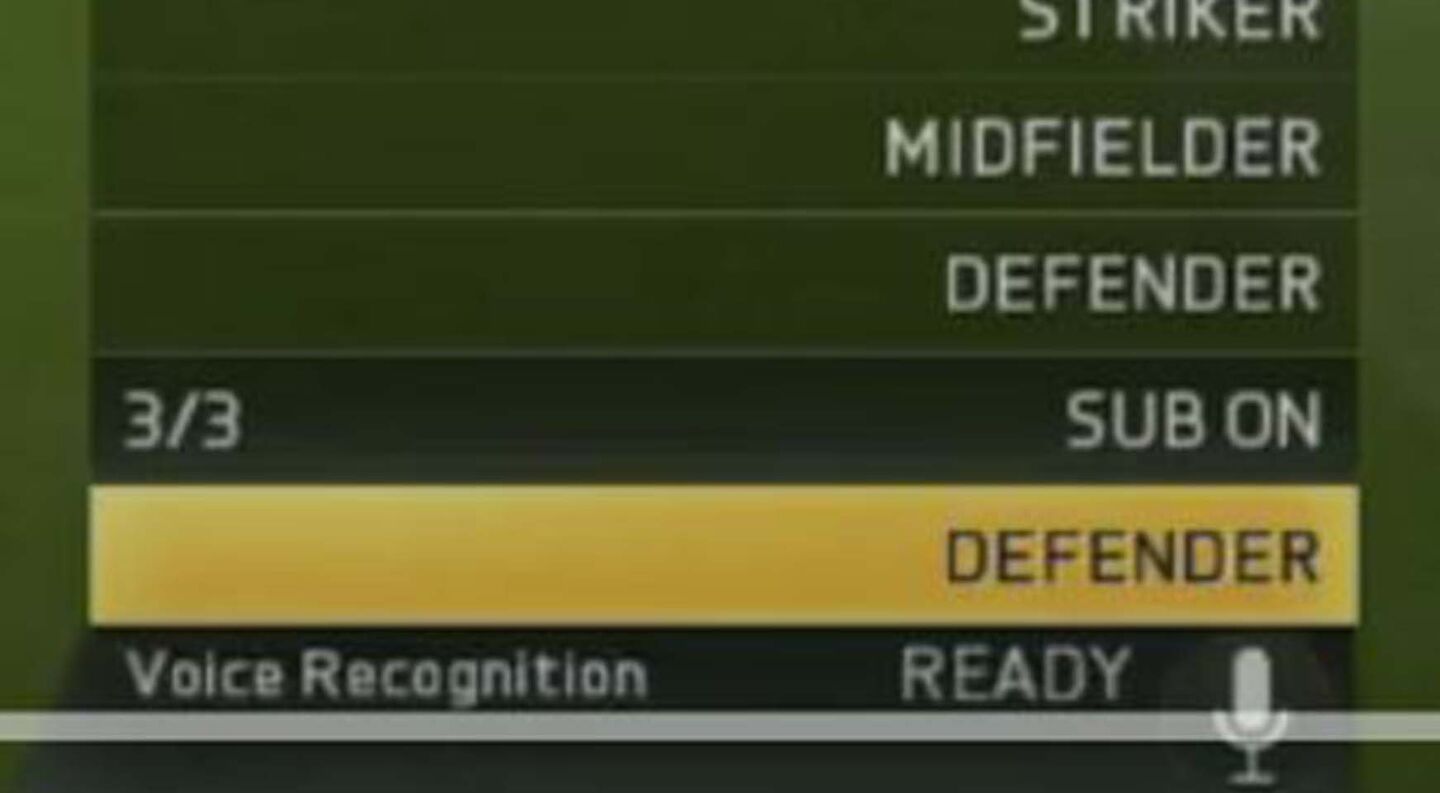Apart from including voice in-game, voice has also been used as an additional channel for players to interact with content that they know from an already-existing game: Electronic Arts (EA) released an Alexa skill to go with The Sims 4 in 2019. Users can learn about the history of the game, play music from all The Sims games or play a Sims trivia quiz.
At the same time, the Sims in The Sims got their own voice assistant Hein-Z in-game. It remains to be seen if in the future voice can also be used by the players to control in-game interaction in The Sims.
Quite recently, EA has also patented voice-controlled RPGs (Role Playing Games). The patent describes a system that (machine-)learns to associate specific groups of custom user utterances with a specific in-game action of a NPC. With such a system, voice technology could be used to give commands to the NPCs (Non-Player Characters) while controlling the player’s character in a different way in parallel.





